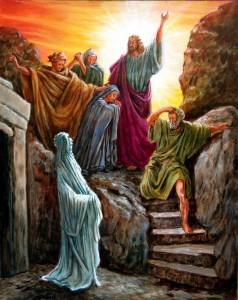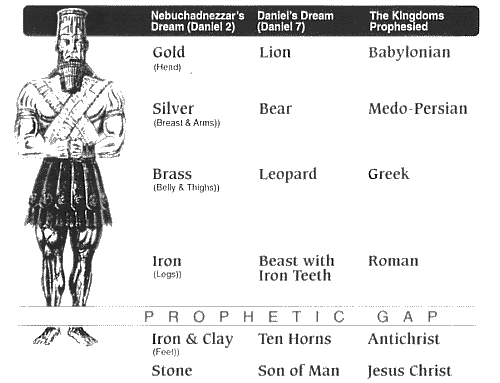If you do not believe in the resurrection then the challenge is to provide an alternate explanation that accounts for all 5 facts. If you are a believer, the challenge is to submit arguments and evidence that support the 5 facts or additional facts you feel support the historicity of the resurrection. Submit your video responses via YouTube and let’s see where the evidence leads. Now pay attention to my channel as I will be releasing videos that support my 5 lines of evidence. The first one, History 101, is just a brief overview of some general principles historians use in evaluating evidence. I will post a video supporting each point. I will do my best to respond personally to the most challenging alternate explanations. I will not respond to videos are overly vulgar or disrespectful.
I will make a decision at the end of September and mail prizes, (2 new hard backs, The Case for the Real Jesus by Strobel and prodigious atheist turned deist Anthony Flew’s, There is not/a God) to the winners. I will be posting videos all through the month with my research supporting the resurrection. I hope you will follow the evidence where it leads! So how do you explain the evidence?





